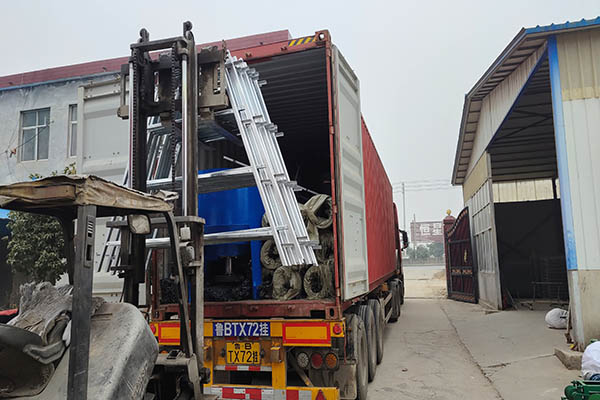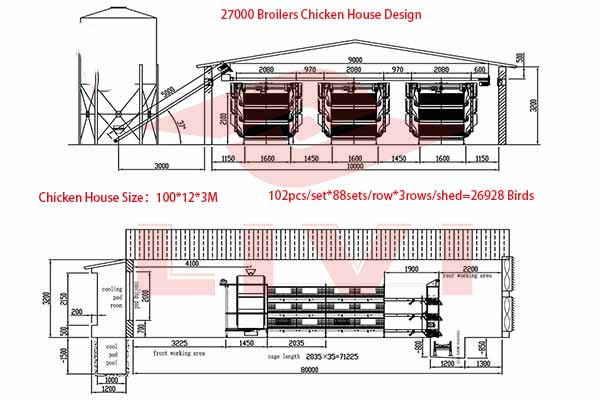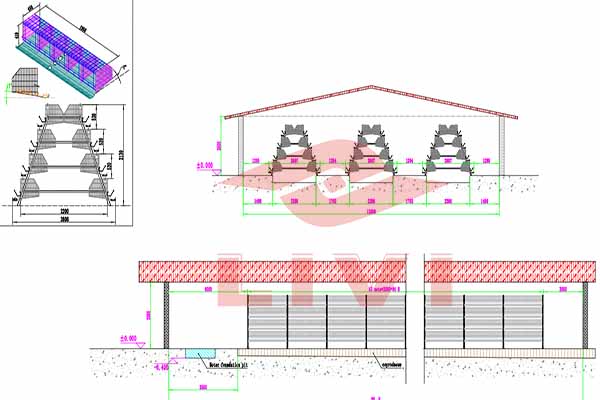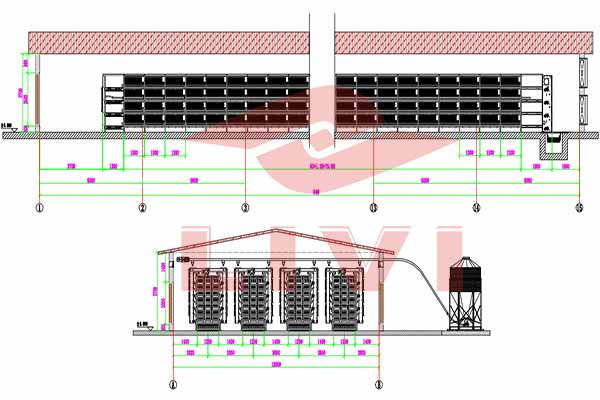Optimizing Chicken Battery Cage Systems for 150,000 Chickens in Uganda
Chicken farming is a rapidly growing industry in Uganda, and with the increasing demand for poultry products, efficient and scalable farming systems are essential. One such system that has gained popularity is the chicken battery cage system. In this article, we will explore the implementation of a 150,000-chicken battery cage system in Uganda, focusing on design, efficiency, and sustainability.
Understanding the Battery Cage System
The battery cage system is a method of housing laying hens where each bird is confined to a small cage. This system offers several advantages, such as improved biosecurity, ease of management, and reduced feed waste. For a 150,000-chicken operation, the following considerations are crucial:
- Space Allocation: Allocate at least 0.3 square meters per bird to ensure comfortable living conditions.
- Cage Materials: Use high-quality, corrosion-resistant steel for durability and hygiene.
- Water and Feed Lines: Install automated systems to minimize feed waste and ensure constant access to water.
Design and Layout of the Battery Cage System
The design of a 150,000-chicken battery cage system should take into account the following factors:
- Dimensions: The system should cover an area of approximately 30,000 square meters to accommodate 150,000 chickens.
- Airflow: Ensure adequate ventilation to prevent heat stress and disease outbreaks.
- Lighting: Install a lighting system to regulate the birds’ circadian rhythm and egg production.
Table 1 below provides a breakdown of the estimated costs for setting up a 150,000-chicken battery cage system:
| Component | Quantity | Cost (USD) |
|---|---|---|
| Cages | 150,000 | 150,000 |
| Water and Feed Lines | 20,000 | 40,000 |
| Lighting System | 30,000 | 60,000 |
| Total | 290,000 |
Operational Efficiency and Sustainability
For the system to be efficient and sustainable, consider the following practices:
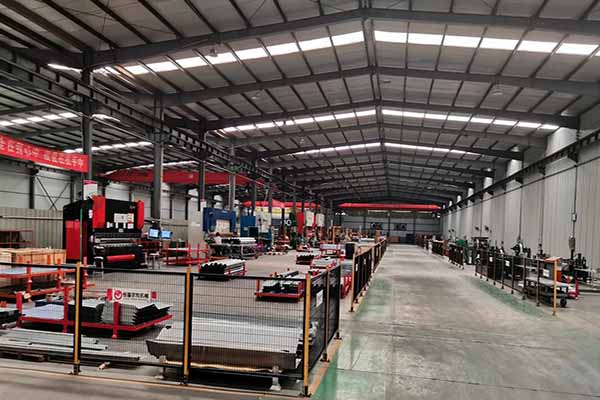
- Regular Maintenance: Schedule routine checks and repairs to ensure the system operates smoothly.
- Waste Management: Implement proper waste management systems to minimize environmental impact.
- Employee Training: Train staff on proper handling and management of the chickens to maintain hig
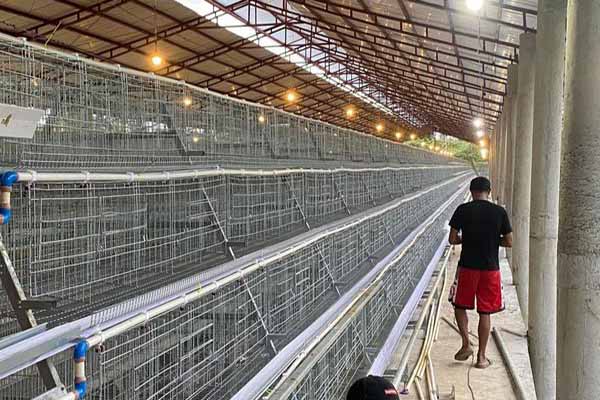 h productivity.
h productivity.
By adopting these strategies, a 150,000-chicken battery cage system in Uganda can achieve optimal performance and profitability.
Conclusion
Investing in a well-designed and efficiently managed battery cage system for 150,000 chickens in Uganda can lead to substantial returns on investment. If you are considering setting up such a system, Livi Mechanical is here to assist. Contact us today for a free chicken farming design and equipment quotation.
